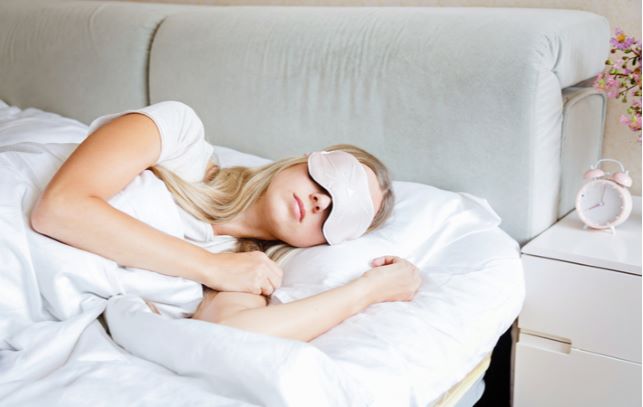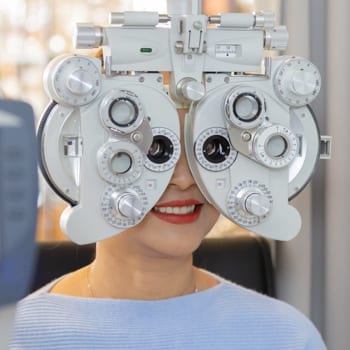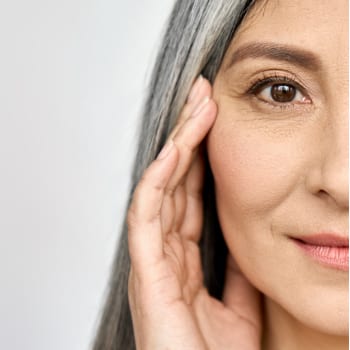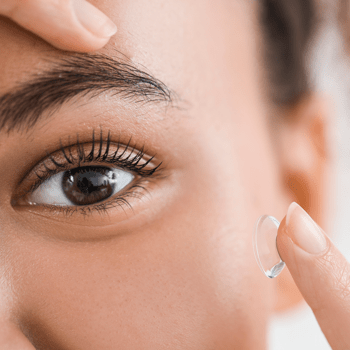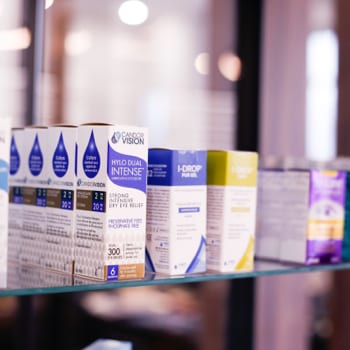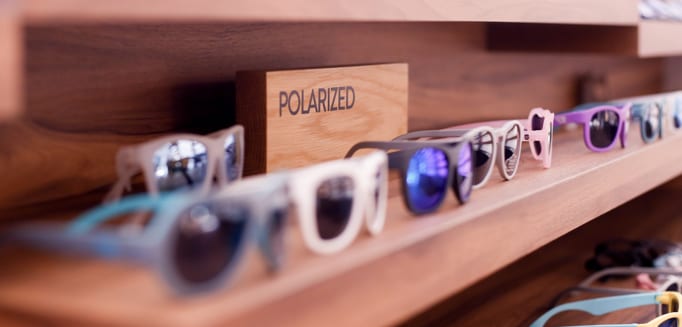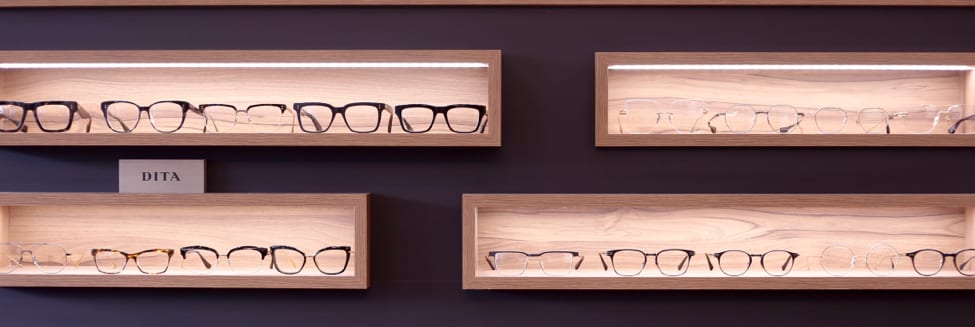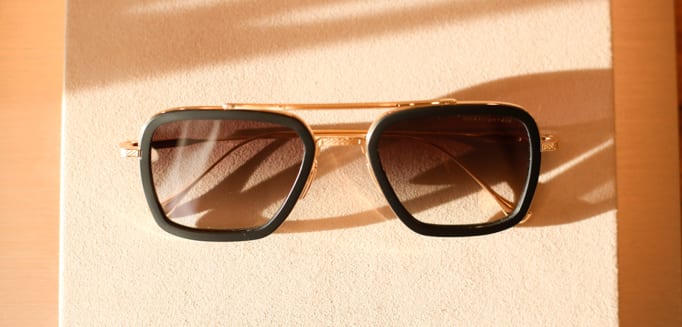Dry, stinging eyes can really get in the way of a great day, and if the condition persists, it can make life very uncomfortable. Healthy vision relies on adequate hydration, and sometimes our eyes don’t produce enough moisture to do the job!
Dry eye is precisely what its name suggests: an eye condition causing extreme dryness. A lack of tear production causes this condition, resulting in various irritating symptoms, like redness and burning.
The tear film has 3 layers, each with a specific function in keeping eyes hydrated and free of bacteria:
- The outer oily lipid layer: This layer helps to slow evaporation on the eyes’ surface.
- The watery middle aqueous layer: Keeps the eye moist, and channels nutrients to the correct areas.
- The inner mucous layer: Keeps tears attached to the eye.
If your tear production is ineffective or imbalanced, your eyes lack proper protection and hydration. These conditions can lead to excessive dryness.
Causes of Dry Eye
Dry eyes can occur for many reasons:
- Health conditions: Patients with diabetes, blepharitis, and rheumatoid arthritis may experience frequent dry eyes.
- Age: Dry eyes are more common in patients 50 years of age or older.
- Allergies: Patients taking allergy medications or experience allergic reactions may experience dry eyes.
- Vitamin A deficiency: One of the first signs of a vitamin A deficiency is dry eyes.
- Hormones: Dry eyes can be caused by hormonal changes, like the ones experienced on hormone replacement therapy, during pregnancy, or menopause
- Certain medications: Some medicines have ocular side effects, including cold medicines, beta-blockers, sleeping pills, birth control pills, and heartburn medications.
- Environmental factors: Dry, smoky or windy climates can cause excessive tear evaporation.
- Contact Lenses: Wearing contact lenses for an extended period can result in dry eyes.
- Eye strain: Spending more than 2 hours on a computer, reading for extended periods, or driving long distances can result in dry eyes.
Symptoms of Dry Eye
If you have chronic dry eyes, you may experience a few of the following symptoms:
- Difficulties or discomfort wearing contact lenses
- Blurred vision
- Swollen or puffy eyes
- Redness of the eyes and eyelids
- Teary or watery eyes
- Stinging, itchy, or burning eyes
- A feeling like there’s something in your eye
- Light sensitivity
- Stringy mucus inside or around the eyes
- Tired eyes

Soothing Relief For Dry Eyes
There are a variety of treatments available for dry eye disease, including prescription eye drops, warm compresses, eyelid cleaners, and punctal plugs. Optometrists also recommend heated masks or sleep masks to help boost eye hydration and treat some underlying causes of dry eyes.
There are many types of eye masks available for purchase from drugstores and beauty suppliers. The difficulty is finding a mask that gets warm enough, then stays warm enough to be effective. Most masks achieve either one of these, but rarely both.
How to Safely Use a Dry Eye Mask to Treat Dry Eye
Follow the instructions carefully when using an eye mask. Heated masks require particular care because they can overheat, causing damage to the eye area or burns.
At Foresee Eyecare, we strongly recommend contacting your optometrist before purchasing an over-the-counter mask to help treat symptoms of dry eye disease.
Types of Eye Masks for Dry Eye
There are a variety of eye masks available on store shelves. The trouble is deciding which type to choose!
- Sleep Masks: Some sleep masks can help treat symptoms of dry eyes by trapping moisture and maintaining hydration.
- Microwave-heated eye masks: Some masks are microwave-heatable to a precise temperature. These masks can be placed over the eyes for a short period.
- Self-heating eye masks: A quicker option for relief of dry eye symptoms.
- Air-warming systems: These systems use warming disks that heat up when exposed to air. Once warmed, these disks are tucked into the pouches of an eye mask.
Bruder Hot Compress Mask
At Foresee Eyecare, we highly recommend the Bruder Hot Compress Mask as a method of relieving dry eye symptoms. Bruder masks are a natural product that effectively uses moist heat to unplug the eyes’ oil glands, slowing tear evaporation and providing quick comfort. Think of it as acting more like a steam room than a sauna.
Combined with Omega-3 supplements, the Bruder Hot Compress Mask can be an efficient primary therapy for our patients with evaporative dry eye disease.
The Details
The Bruder Hot Compress Mask contains patented Medibeads that absorb and store H2O molecules from the surrounding air. When the mask is warmed up, the absorbed water is released as soothing, hydrated heat.
The Benefits
The benefits of a Bruder Hot Compress Mask include:
- Refreshed Eyes
- Hydrated Eyes
- Moisture replenished
- Reduced Inflammation
- Improve Oil Gland Production
- Less eye irritation
- Great for travel
- Self-hydrating
- Anti-bacterial
- Non-allergenic
- Reusable
- Washable
We Can Help
You don’t need to suffer through the uncomfortable symptoms of dry eyes!
At Foresee Eyecare, we are dedicated to providing relief for our patients. If you experience symptoms of dry eyes, contact our team and book a comprehensive eye exam or dry eye evaluation. Once we know the cause of your discomfort, we can determine the best course of action for your condition.
Our dry eye clinic is ready and waiting to provide the soothed, refreshed vision you deserve. Call us today.

